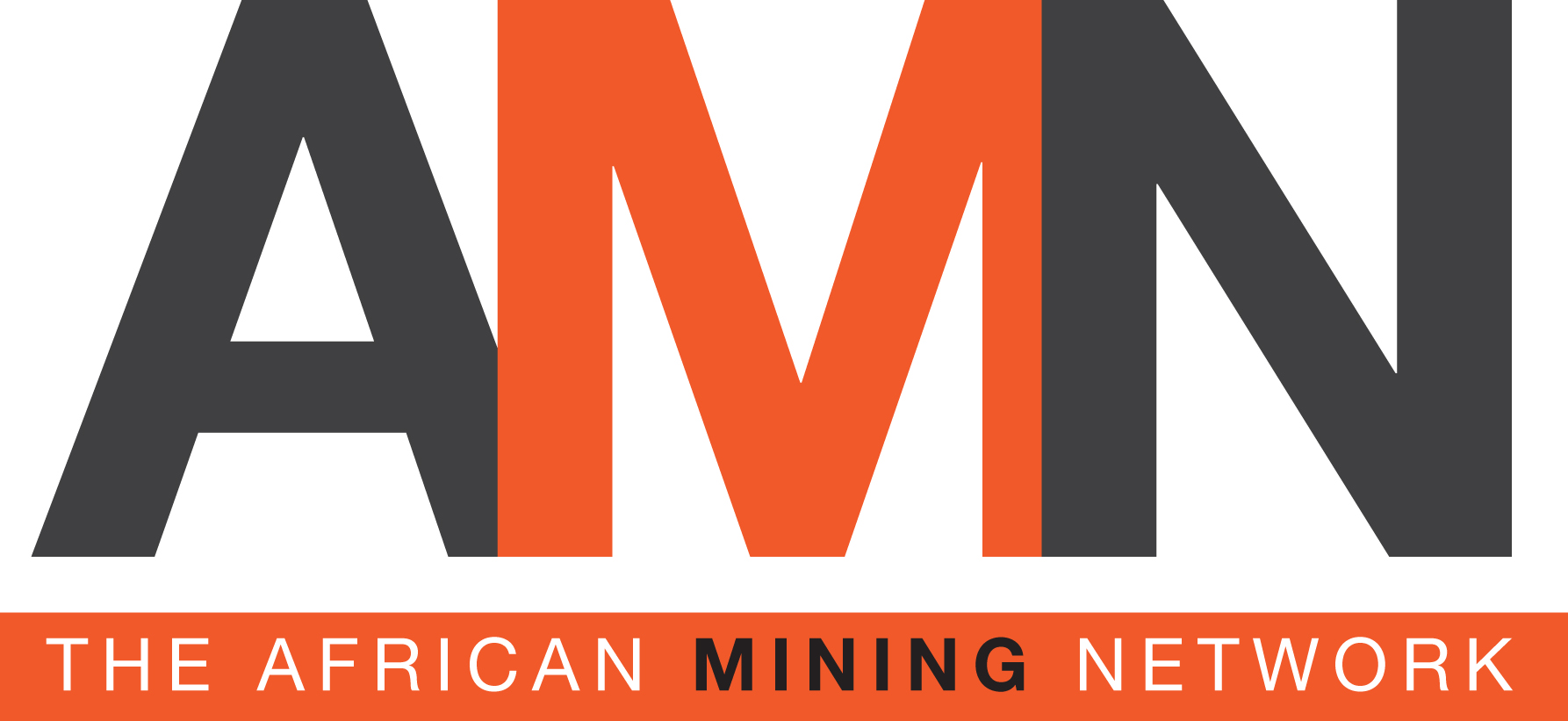- Yolanda Torrisi
- +61 412 261 870
- yolanda@yolandatorrisi.com
- Nina van Wyk
- +27 82 926 3882
- nina@africanminingnetwork.com
As minerals processing, digital plants and effective plant operations are becoming more important for mining companies, Australia’s largest mining event is set to examine the challenges of processing plants of the future.
Finding intelligent solutions, future-proofing grinding circuits and embracing the opportunities of digitisation will also be discussed at the International Mining and Resources Conference (IMARC) in Melbourne from October 29-31.
Ahead of the conference, Sandvik Lifecycle Development manager Simon Adams; CRC ORE chief executive and managing director Ben Adair; and Weir Minerals Global HPGR product specialist Bjorn Dierx discussed the issues in a special IMARC webinar.
All agreed that mining companies faced increased challenges as ore stocks depleted, forcing them to move to more remote locations and dig deeper in a bid to maintain recovery rates of past years.
Mr Dierx, who will deliver an IMARC presentation on dry air classification technology to remove the need for water, said: “Our customers are under immense pressure to reduce energy consumption, use less water and reduce carbon emissions.
“Overall as commodities are depleting, companies are making large investments in new plants to dig deeper, crush more ore and at remote locations with limited access to power and water to achieve the same recovery rates as the past 20 years.”
He said about 3% of global energy consumption was attributed to crushing rock so greater efficiencies in comminution would make a big contribution to reduced emissions.
For Mr Adair, efficiencies are available now in existing operations. “It’s important to optimise and run your equipment to the best of its ability,” he said. “Most sites I visit that’s simply not the case. We are a little bit delusional if we think we are there at the moment in a digital sense in optimising various grinding circuits.”
He agreed that limited access to water was a critical element.
“It’s interesting water was mentioned. That is one of the major challenges for the industry. It simply won’t have access to potable water and it will have to head rapidly to a closed-loop situation otherwise the costs will be extraordinarily prohibitive,” he said.
“Most of our work is done in the sorting space ... It’s patently ridiculous and it has been for the past 15 to 20 years that we mine something and stick it through various expensive process plants when in fact 99% of it has no value whatsoever.
“If you are looking at the mine of the future it is going to be about exploiting heterogeneity at the mine face as opposed to deliberately destroying heterogeneity and looking for homogenous feeds for downstream processing plants.”
The digital transformation at the plant and processing level offered opportunities for miners.
Mr Adams said the ability to collect and analyse data was crucial. “If you can have digitisation and automation that moves towards cognitive behaviour, once you get those algorithms down you can have far more efficient plants operating through that process,” he said.
“We have to turn data into knowledge; looking at power consumption and efficiencies and getting to the cognitive stage where we can foresee failures or predicted failures and we can capture them early and shut down in an organised fashion.”
Mr Dierx said the digital transformation presented a big opportunity for the industry to attract new people from traditional software programmers and those in the gaming industry to work in the mining industry.
“The big iron ore miners, if those autonomous devices need to be switched off they use Xbox controllers to correct them. That’s good news for children of today,” he said.
“From an education perspective, there is still some work to be done. Universities need restructuring to ensure we not only educate traditional operators, metallurgists and process engineers but ensure that understanding algorithms and working with digital tools become standard practice.”
IMARC is where global mining leaders connect with technology, finance and the future. Now in its 6th year, it is Australia’s largest mining event, bringing together over 7,000 decision makers, mining leaders, policymakers, investors, commodity buyers, technical experts, innovators and educators from over 100 countries for four days of learning, deal-making and unparalleled networking.
IMARC is developed in collaboration with its founding partners the Victorian State Government of Australia, Austmine, AusIMM and Mines and Money.

